
A. How about the following 3 common financial scams:
Affinity Scams
This type of scams take advantage of the trust you have in your friends.
You get invited to a lunch or dinner or a presentation with friends. A speaker at the meal or presentation launches into a slide show promising double-digit returns for a "select few" who "get in on the ground floor." Pretty soon, your money is tied up in obscure, distant businesses with no accountability.
How to avoid it?
Avoiding the affinity scams is easy: stick to liquid investments in major companies that figure in broadly held indexes, such as the Standard & Poor’s 500 Index. Public companies have to respond to a raft of securities law that your speaker is trying to skirt by going directly to you and your friends.

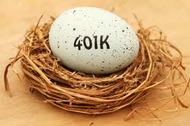



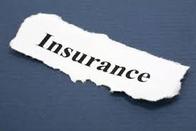
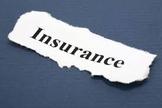
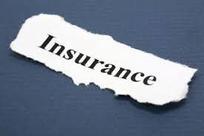


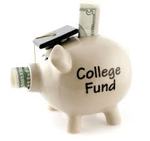
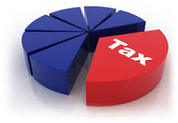
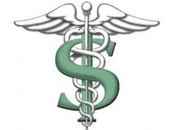
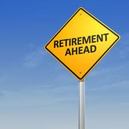


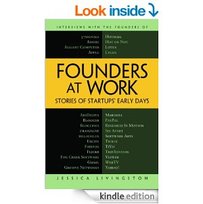



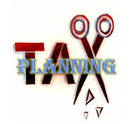

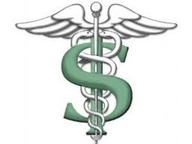
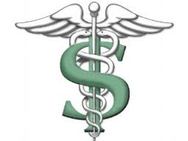
 RSS Feed
RSS Feed
